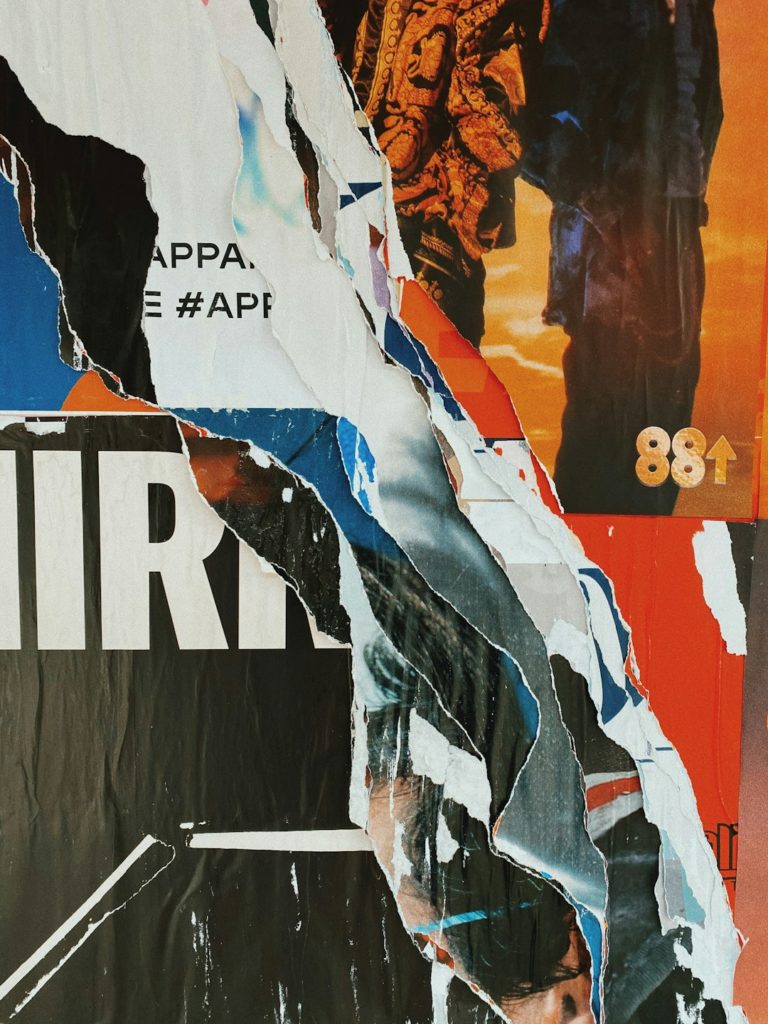
Ode to the Rings of Saturn
What could be
more perfect
than a planet
cradled in the
arms of its own rings?
A giant bedded
down in the icy
remains of its
once beautiful spouse.
Songless world
belted with the
white track of
a 30-year storm.
Huge head halo'd
by twirling dust motes
and the bodies
of his children:
O Rhea, O Mimas,
O Titan,
pockmarked beauty—
outpost of man's
ambitions.
Their shadows stride across
the face of this world.
Above his shoulder,
an icy crescent,
Tethys rises.
“O” she says, “O”
and again
more slowly “O”
“With rings like those
I would never
be alone in the dark.”
Published on The Laundry Line, May 20, 2025.




